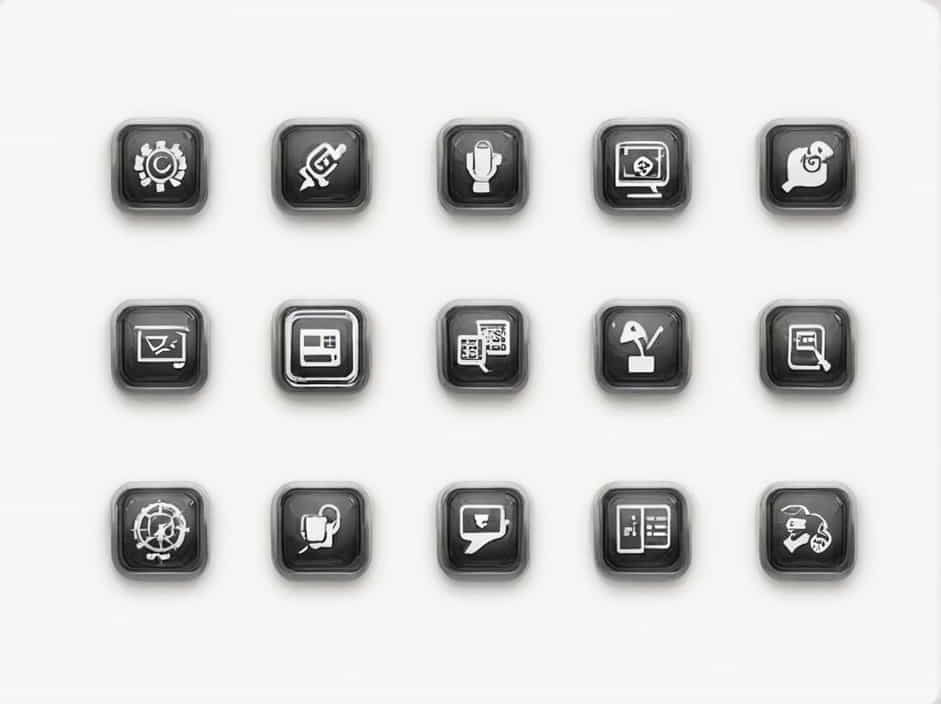Typography plays a crucial role in design, influencing how information is perceived and understood. Whether in print or digital media, typographic design concerns impact readability, aesthetics, and user experience.
This topic explores the general concerns in typographic design, covering aspects like font choice, spacing, alignment, contrast, and accessibility. Understanding these principles helps designers create effective, visually appealing, and user-friendly designs.
1. Legibility and Readability
What Is Legibility?
Legibility refers to how easily individual characters can be distinguished. Factors that affect legibility include:



What Is Readability?
Readability refers to how easily text can be read in context. It depends on:



Both legibility and readability are essential for ensuring that text is visually comfortable and effective.
2. Font Selection and Typefaces
Serif vs. Sans-Serif Fonts
Choosing the right font type affects the tone and readability of a design:


Font Pairing Best Practices
Using multiple fonts in a design requires balance:



The right font choices enhance clarity, brand identity, and user engagement.
3. Text Alignment and Justification
Proper text alignment impacts visual balance and readability:




Using the right alignment strategy ensures a professional and visually cohesive design.
4. Spacing and Layout
Kerning, Tracking, and Leading



White Space (Negative Space)
White space is essential for reducing clutter and enhancing focus. Proper use of spacing helps:



Ignoring spacing issues can lead to crowded, overwhelming, or unreadable designs.
5. Contrast and Color in Typography
Contrast ensures text stands out from its background. Common contrast considerations include:



Color psychology also plays a role:



A well-balanced contrast improves visibility and engagement.
6. Hierarchy and Emphasis
Why Typographic Hierarchy Matters
Hierarchy guides readers by organizing information in a clear structure. Elements that help establish hierarchy include:



A strong hierarchy improves scanning, comprehension, and overall readability.
7. Consistency and Branding
Typography should align with a brand’s identity and message. Consistency in:



Inconsistent typography weakens brand recognition and confuses audiences.
8. Accessibility and Inclusive Design
Typography must be accessible to all users, including those with visual impairments or cognitive disabilities. Key accessibility practices include:




Good typographic design should be inclusive and user-friendly for everyone.
Typography is more than just selecting a font—it’s about ensuring clarity, visual appeal, and effective communication. Addressing concerns like readability, spacing, contrast, and accessibility leads to better user experience and stronger design impact.
By focusing on these principles, designers can create professional, engaging, and effective typographic layouts across all media.
